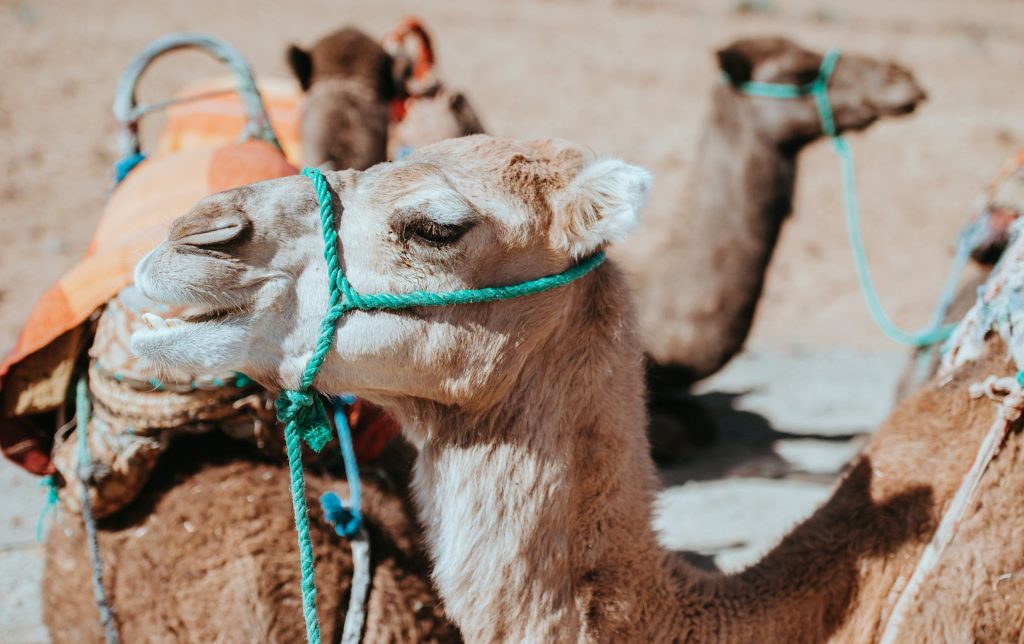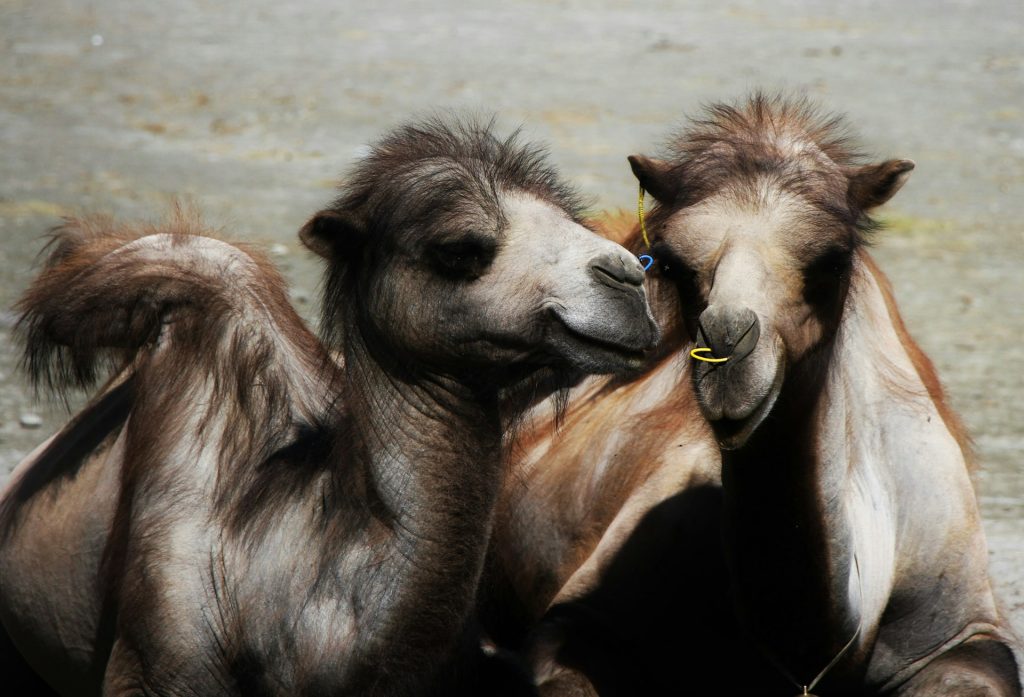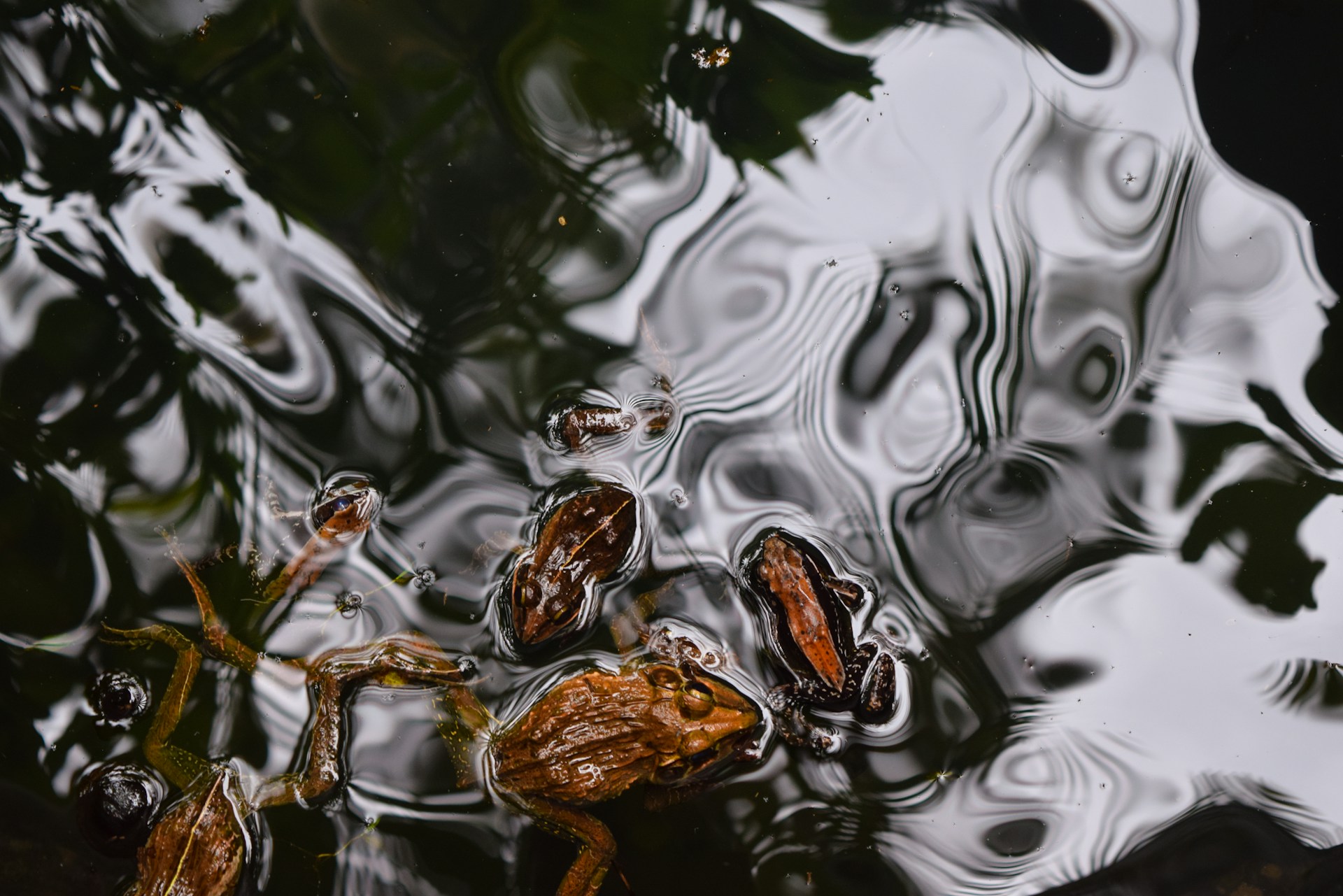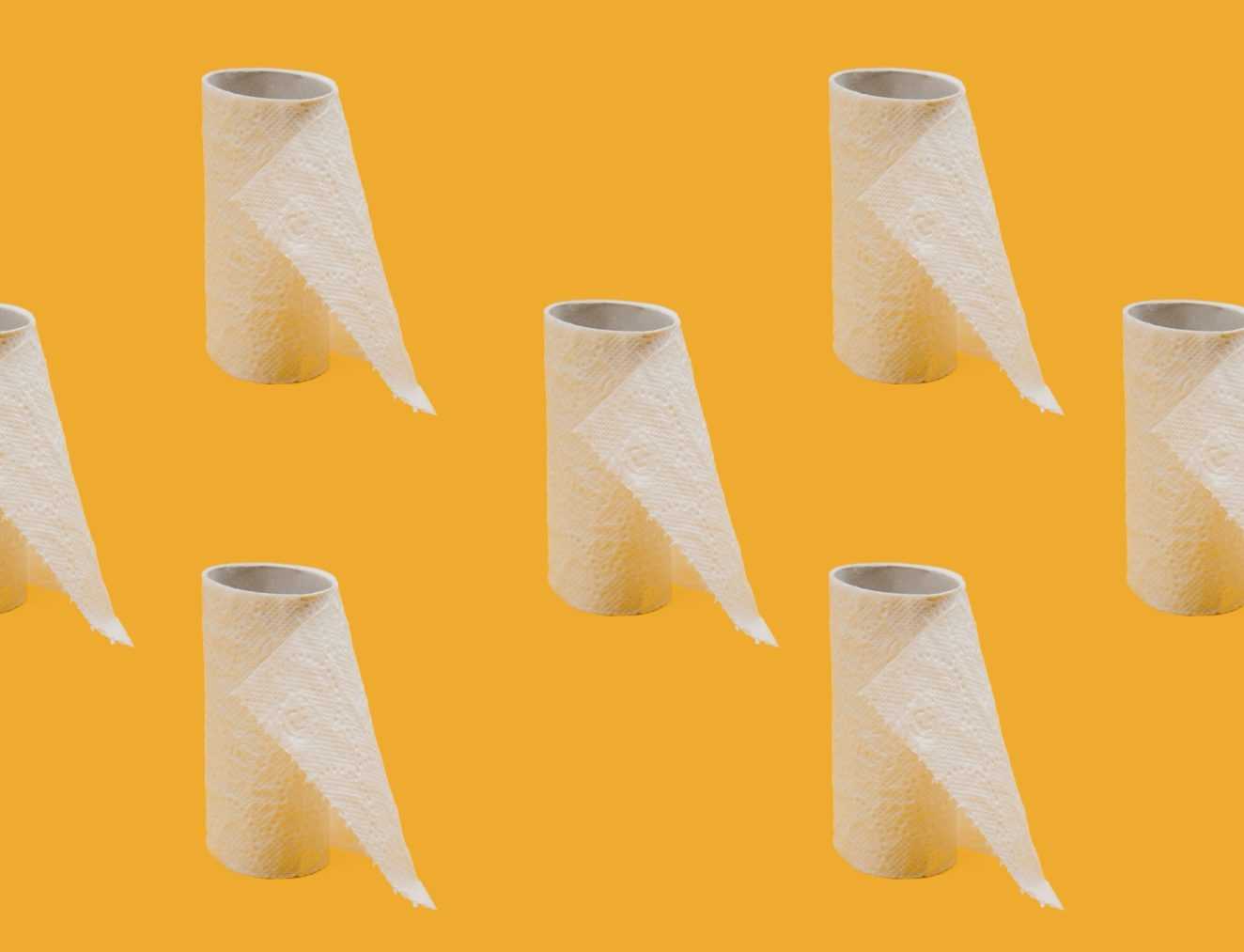Have you ever wondered how camels thrive in some of the harshest environments on Earth? These resilient animals have evolved to navigate deserts like champions, proving that survival is truly an art form! From their incredible physical adaptations to their interesting behaviors, let’s dive into the secrets of how camels conquer the deserts!

Meet the Camel
First, let’s get acquainted with our star of the show! Camels belong to a family known as camelids, making them close relatives of llamas, alpacas, guanacos, and vicuñas. While there are three species of camels roaming the planet, most of them are domesticated. The one-humped dromedary (Camelus dromedarius) is a superstar in dry regions across Africa and Asia, particularly in the Sahara Desert and the Middle East. Meanwhile, the domestic Bactrian camel (Camelus bactrianus) finds its home across Central Asia, and the critically endangered wild Bactrian camel (Camelus ferus) can be spotted in remote areas of Mongolia and China, with two distinctive humps.
What’s Inside the Humps?
When you think of camels, their humps likely come to mind. But here’s a little myth-busting: camels do NOT store water in their humps! Instead, those lumps are composed of fat, which serves as an energy reserve for the camel when food and water are scarce. In the arid landscapes they call home, having a built-in energy source is a real lifesaver!
Camels have also mastered the art of water conservation. They produce thick, syrupy urine and dry feces so minimal that it can even be used as kindling for a fire.
The Nose Knows
Ever heard of a camel’s nose being a dehumidifier? Sounds wild, right? But it’s true! When camels breathe out, they naturally lose water vapor, but their special nasal passages have adapted to capture and reabsorb that moisture. This amazing feature allows them to conserve precious water with every breath.
Plus, camels can withstand a loss of up to 30% of their body weight in water—far more than most mammals! However, don’t be fooled; they still need to drink water. When they find it, they can gulp down gallons in one sitting to rehydrate quickly.

Heat and Cold? No Problem!
Deserts are infamous for their extreme temperatures, but camels are equipped to handle it all! Unlike many mammals, a significant amount of a camel’s fat is stored in its humps, allowing them to efficiently release heat when the mercury rises. Surprisingly, camels rarely sweat, making them better suited for the sweltering sun than us mere humans.
Their body temperature fluctuates throughout the day, allowing them to rise with the heat and cool down at night. And if you think a thick fur coat would be a hindrance in scorching deserts, think again! Camel fur actually provides insulation, protecting them from the harsh rays of the sun.
Interestingly, Bactrian camels, which endure both frigid winters and sweltering summers in Central Asia, have adapted perfectly. Their thick fur keeps them warm during cold months, shedding as the temperature rises. In fact, evidence shows that their ancestors thrived even in the Arctic Circle!
Walking on Sand
Sand can be a real hassle to traverse, but not for camels! Weighing in at up to 1,000 kilograms, these majestic animals are equipped with wide, snowshoe-like feet with two toes. This unique foot structure helps distribute their weight evenly, preventing them from sinking into the soft, shifting sands.
Those Fabulous Eyelashes!
Camels are not just tough; they’re also fashionably equipped! With their long, luscious eyelashes, camels have a natural defense against the desert’s dust and debris. These gorgeous lashes act as a barrier, keeping harmful particles away from their sensitive eyes.
If any dust gets past those glamorous lashes, camels have a nifty third eyelid known as a nictitating membrane. It works like a windshield wiper, sweeping away irritants and keeping their vision clear. Camels can also close their nostrils tightly to block out sand. It’s like having built-in protective gear!
A Gourmet Diet in the Desert
So, what do camels munch on in their arid homes? Surprisingly, they have a knack for finding food in the least likely places! Dromedaries and Bactrian camels mostly feast on tough, fibrous plants like thorns, shrubs, and grasses. Their tough tongues and lips allow them to graze on prickly plants, while their mouths are lined with special papillae to prevent injuries while eating.
When it’s mealtime, camels have a unique way of processing their food. After swallowing, the food enters a chamber of their stomach called the rumen, where it ferments. They then regurgitate this partially digested material as cud and chew it again—just like cows! However, camels are called pseudoruminants since they don’t have the typical four-chambered stomach of true ruminants.

From their extraordinary adaptations to their personalities, camels are truly remarkable creatures that have mastered the art of survival in the harshest of environments. They teach us a valuable lesson about resilience, reminding us that even in the most challenging circumstances, adaptation is key.





